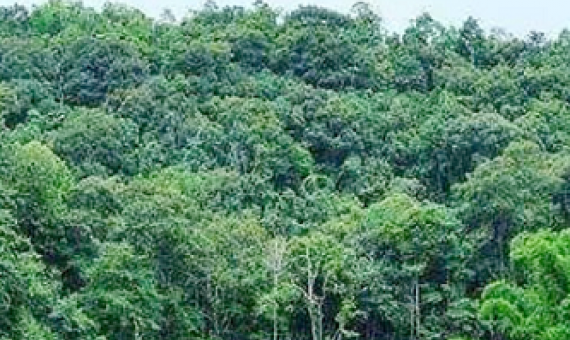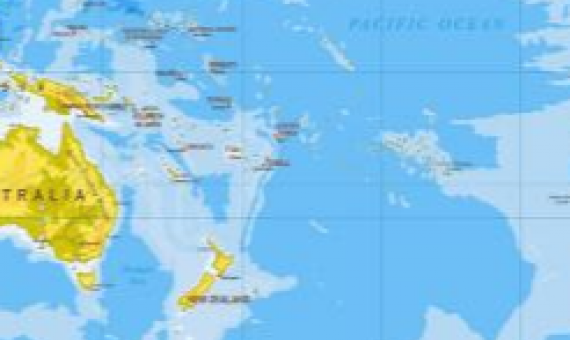Rising tree deaths may be reducing the ability of many forests worldwide to lock up carbon by pulling in greenhouse gases from the air. To properly grasp what this means for carbon budgets, scientists need to solve the puzzle of why trees are dying—and how they respond to change.
The extent to which rivers transport burned carbon to oceans—where it can be stored for tens of millennia—is revealed in new research led by the University of East Anglia (UEA).
Nature Map Explorer provides a set of integrated global maps on biodiversity and ecosystems services, including carbon, based on the best available scientific data.
UN Biodiversity Lab
The UN Biodiversity Lab is an online platform that allows policymakers and other partners to access global data layers, upload and manipulate their own datasets, and query multiple datasets to provide key information on the Aichi Biodiversity Targets and nature-based Sustainable Development Goals.
Before this study, researchers thought the biggest source of biomass on the seafloor was organic matter—like dead fish and plankton—that floated down. Click on the link below to read the full article.
A new study calculates that, worldwide, mangroves were storing 4.19 billion metric tons of carbon in 2012, representing a 2 percent loss since 2000. It estimates that number had dropped further to 4.16 billion metric tons by 2017.Click on the link below to read the full article.










